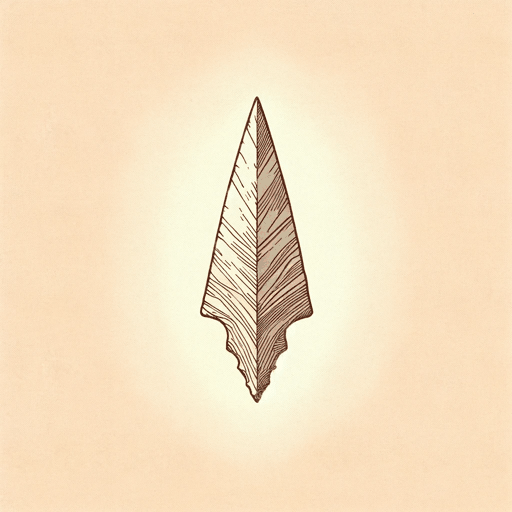98 pages • 3 hours read
Drew Hayden TaylorMotorcycles and Sweetgrass
Fiction | Novel | Adult | Published in 2010A modern alternative to SparkNotes and CliffsNotes, SuperSummary offers high-quality Study Guides with detailed chapter summaries and analysis of major themes, characters, and more. For select classroom titles, we also provide Teaching Guides with discussion and quiz questions to prompt student engagement.
Symbols & Motifs
Anthropomorphism
Throughout the narrative, Taylor uses anthropomorphism—the attribution of human knowledge, perceptions and characteristics to animals or inanimate objects—to imbue the novel with a folkloric and mythological quality. For example, in the prologue, as Lillian and Nanabush have a romantic swim, a thoughtful sunfish decides to avoid interacting with human swimmers.
What’s more, because part of Nanabush’s powers as a deity is the ability to communicate with animals and elements of nature, the novel’s anthropomorphism sometimes even verges into the territory of fable. Nanabush’s relationships with the creatures around him are personal, long-standing, and very human—for instance, readers see him bargain with hungry mosquitoes. The most important example of this kind of fable-like anthropomorphism occurs with the novel’s raccoons. In Anishnawbe folklore, the trickster god has a rich history of interacting with animals; he is specifically said to be responsible for the raccoon’s distinctive facial markings—a punishment for stealing food. In the novel, Taylor makes funny use of this myth, positing a long-running feud between Nanabush and the general raccoon population based upon this event from the distant past. To end the dispute, Nanabush must purchase junk food for an army of raccoons.
Featured Collections
Addiction
View Collection
Allegories of Modern Life
View Collection
Appearance Versus Reality
View Collection
Canadian Literature
View Collection
Colonialism & Postcolonialism
View Collection
Community
View Collection
Contemporary Books on Social Justice
View Collection
Diverse Voices (High School)
View Collection
Family
View Collection
Fantasy
View Collection
Indigenous People's Literature
View Collection
Laugh-out-Loud Books
View Collection
Magical Realism
View Collection
Realistic Fiction (High School)
View Collection
Religion & Spirituality
View Collection
Sexual Harassment & Violence
View Collection
The Past
View Collection


